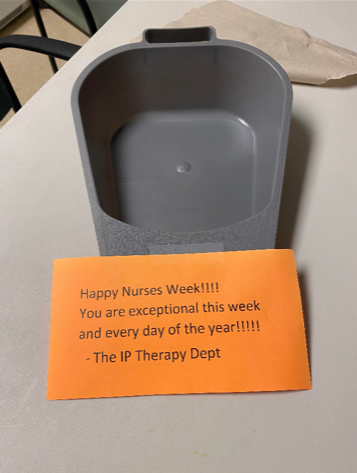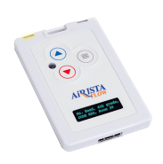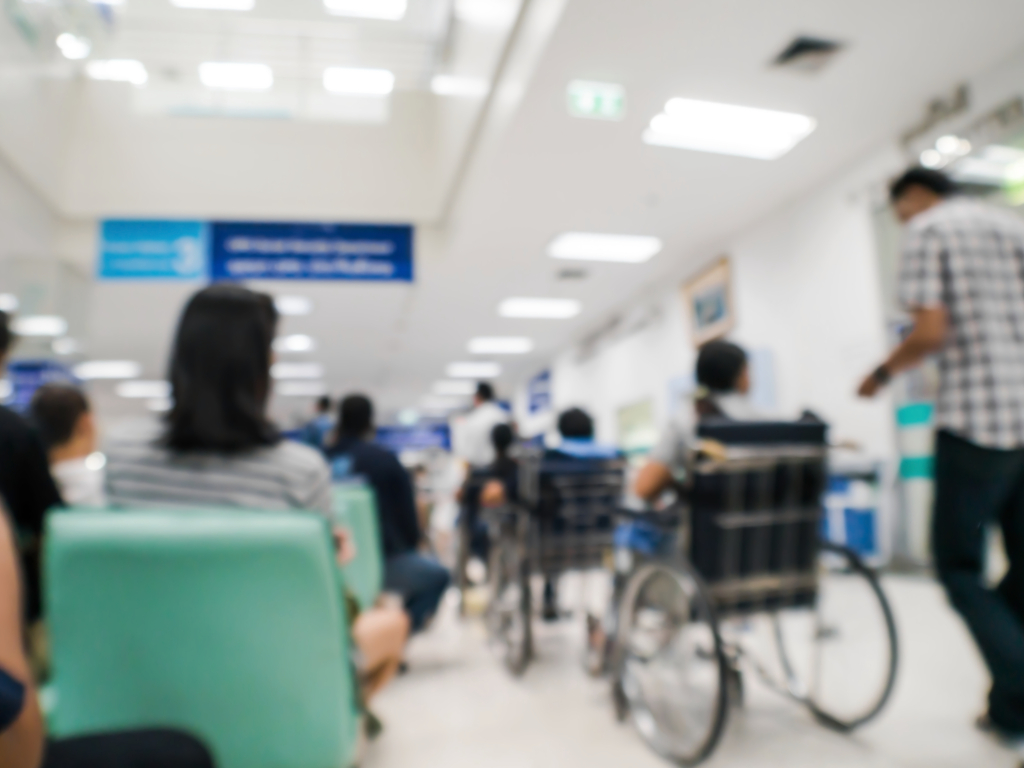Patient ratios are ever increasing for a workforce already experiencing burnout

On the heels of National Nurses Week, the disconnect was evident between nurses’ struggles and management’s attempts at redress. Nurses were posting to social media the tokens of appreciation.
- Pizza for lunch (“one slice per person please”)
- Beach towel (“not very absorbent”)
- Food trucks (“that we have to pay for”)
- Badge reels (“it said Proud NICU Nurse, but we work in assisted living”)
- White paper bag with chips (“gross”)
- Nothing (“we are not allowed to call it Nurses Week. We call it Hospital Week”)
Nurses are also posting to social media on their last day of employment before leaving for a new field. The most common reason to leave is the ever-increasing patient ratio. According to National Nurses United, the likelihood of death increases  by 7% (within 30 days) for each additional surgical patient above the 1:4 prescribed ratio. Moreover, 5,000 in-hospital deaths and 60,000 adverse outcomes could be prevented if hospitals increased RN staffing to match the best-staffed hospitals in the country.[1] Legislation has been introduced in the US Senate (S.1567) to create federal mandates for patient ratios based on the table on the left.
by 7% (within 30 days) for each additional surgical patient above the 1:4 prescribed ratio. Moreover, 5,000 in-hospital deaths and 60,000 adverse outcomes could be prevented if hospitals increased RN staffing to match the best-staffed hospitals in the country.[1] Legislation has been introduced in the US Senate (S.1567) to create federal mandates for patient ratios based on the table on the left.
Hospitals are trying to address the shortage with techniques to improve efficiency. Despite hospital financial pressures, we are seeing an increase in interest for healthcare RTLS solutions such as AiRISTA’s Staff Safety and Workflow solutions. Not only do they improve efficiency, but they also help staff during threats of violence when the panic button feature is activated. Recently on Reddit, a nurse being introduced to RTLS tags posted “big brother” concerns about nefarious tracking purposes. The response was surprisingly favorable about the tags’ usefulness.
- “On the morning he complained to my boss, she pulled up my badge audit which showed I’d been in the room some
 crazy number of 50+ times or something”
crazy number of 50+ times or something” - “As a charge nurse I loved these. If I needed to find someone it was easy. If I needed to call someone, I could look and see if they were trying to quietly work in a room 2am and catch them when they came out. If a patient called, I could see if someone already went to their room without having to call the nurse and then relay the information.”
- “It also cancels the call lights automatically when you walk in. If a nurse is in the room the lights outside is green, techs/can is red, therapies are yellow, respiratory is blue. If a code I called it has all the colors on. Ultimately, it has been part of my job for the last 7 ears and I don’t even think about it.”
There is a feeling that they have gone from “heroes to zeros”. In the early days of the pandemic, healthcare workers were held up as heroes on the frontlines. But as fatigue set in and people became complacent, there became a sense that nurses were simply complaining about the stress and workload. What nurses ask for is respect, which includes more reasonable patient ratios.
There was one social media post about a Nurses Week gift that was uniformly applauded. This hospital set up a room with massage chairs and free massages, including aroma therapy. This post got lots of “likes”.
[1] Needleman, J., et al. “Nurse Staffing In Hospitals: Is There A Business Case For Quality?” Health Affairs. 2006; 25(1): 204-211, 208.





